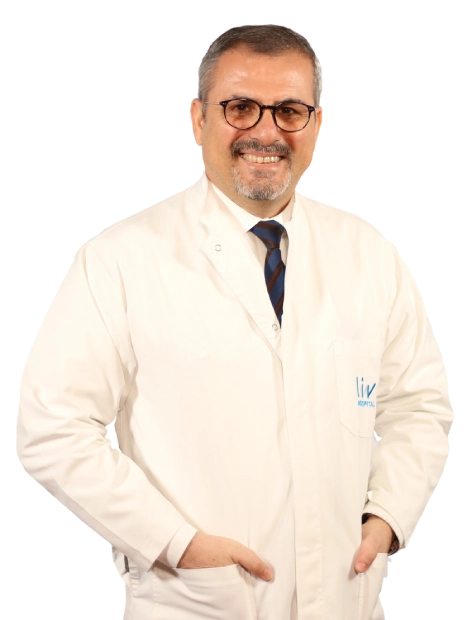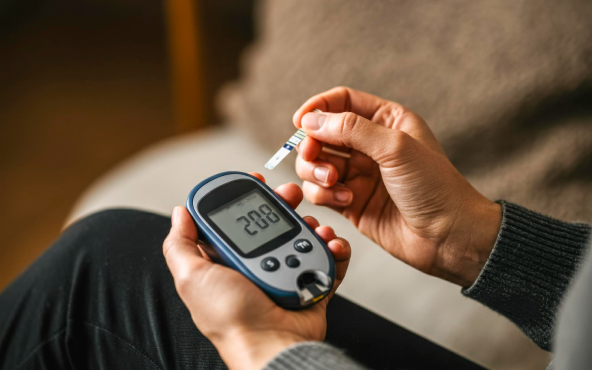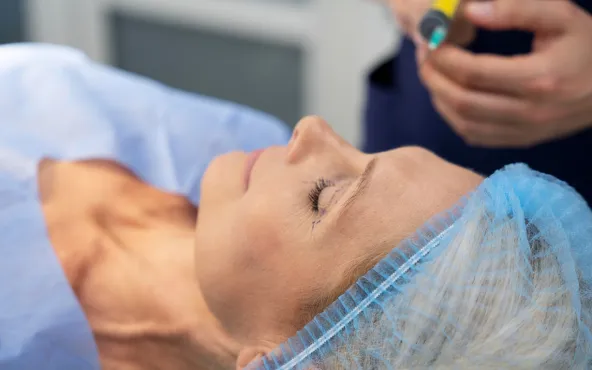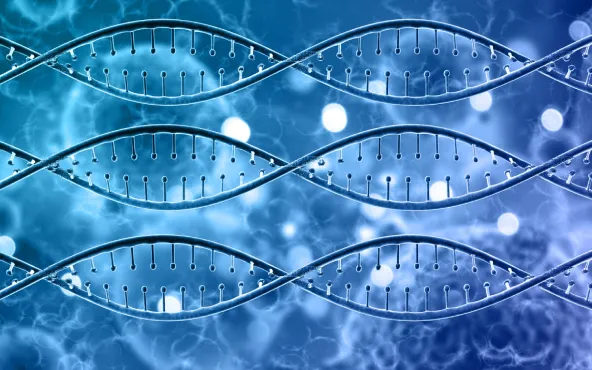Regenerative Medicine and Stem Cell Era Begins
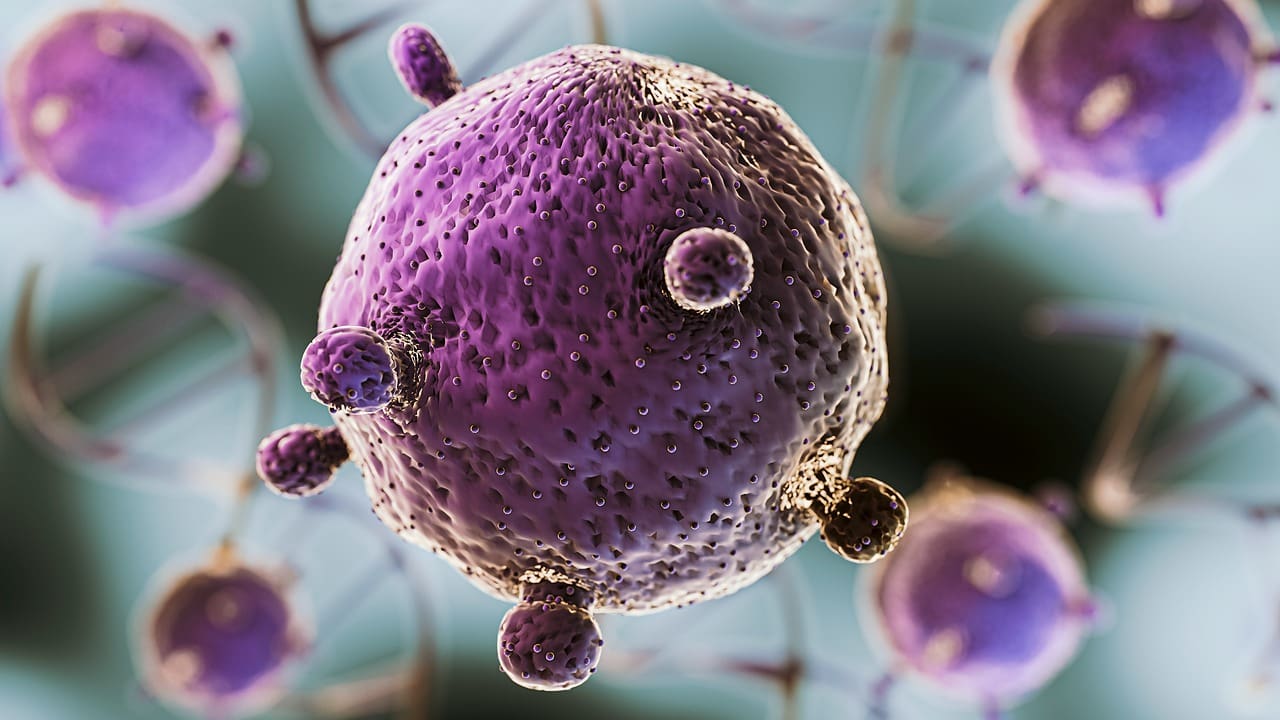
Stem Cell and Regenerative Medicine Period in Medical Applications

Radical Solution to Medical and Aesthetic Problems
Patient Health is Prioritised
What is Regenerative Medicine?
- If the body cannot heal on its own, transplanting tissues or cells that have been prepared outside the body.
How Common is Stem Cell Therapy?
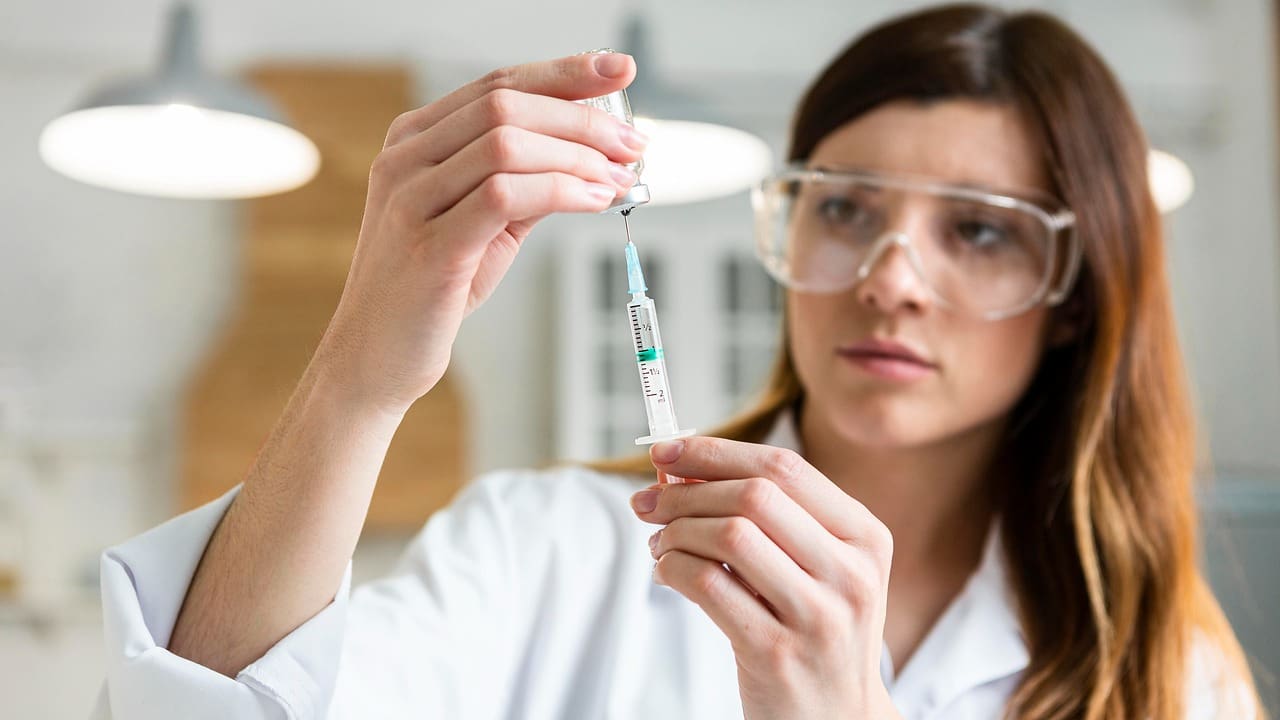
Cell therapies have become widespread worldwide in recent years. However, such therapies can only be applied with cellular products produced in licensed and certified centres.
How Long Can the Stem Cells Produced Remain Viable?
Cell survival time varies with production conditions. Based on the patient's clinical evaluation, the cells can be frozen and stored, and cell therapy can be repeated when necessary.
What are the Age Limits of Stem Cell Therapy?
Cell therapies are evaluated based on the patient's age, disease, and clinical conditions. It is necessary to evaluate all factors together.
How Long Does It Take to Produce Stem Cells?
The production time varies depending on the tissue from which the stem cells are obtained and the processing method. The process of separating stem cells from a biopsy sample, culturing them, and reproducing them in the number required for transplantation can take 3-4 weeks.
What is a stem cell?
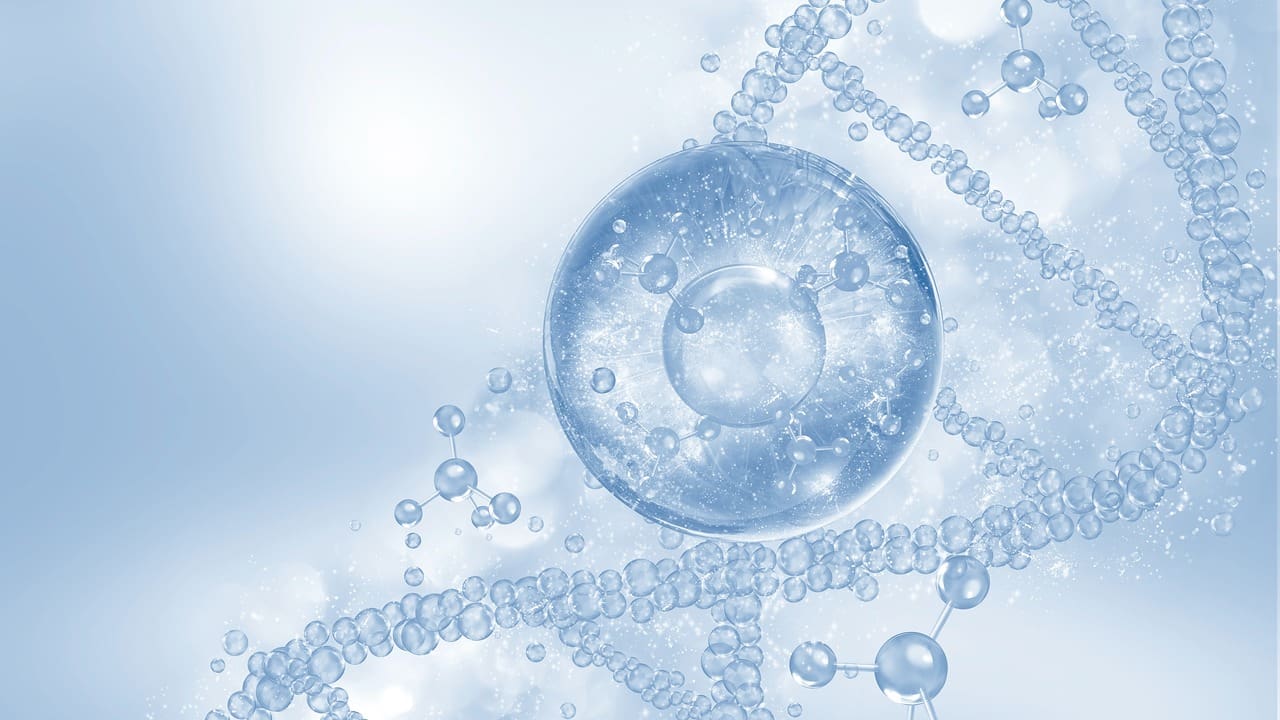
Who Can Receive Stem Cell Therapy?
Where Are Stem Cells Obtained?
How Are Stem Cells Produced in a Laboratory Environment?
Regenerative Medicine and Stem Cell Applications
1) Orthopedics and Traumatology
- Cartilage problems
- Tendon injuries and tendinitis/tendinosis problems

- Applications in joint degeneration
- Applications in spinal problems
- Especially soft tissue problems in sports injuries
Cartilage and Degenerative Joint Diseases
2) Eye Diseases
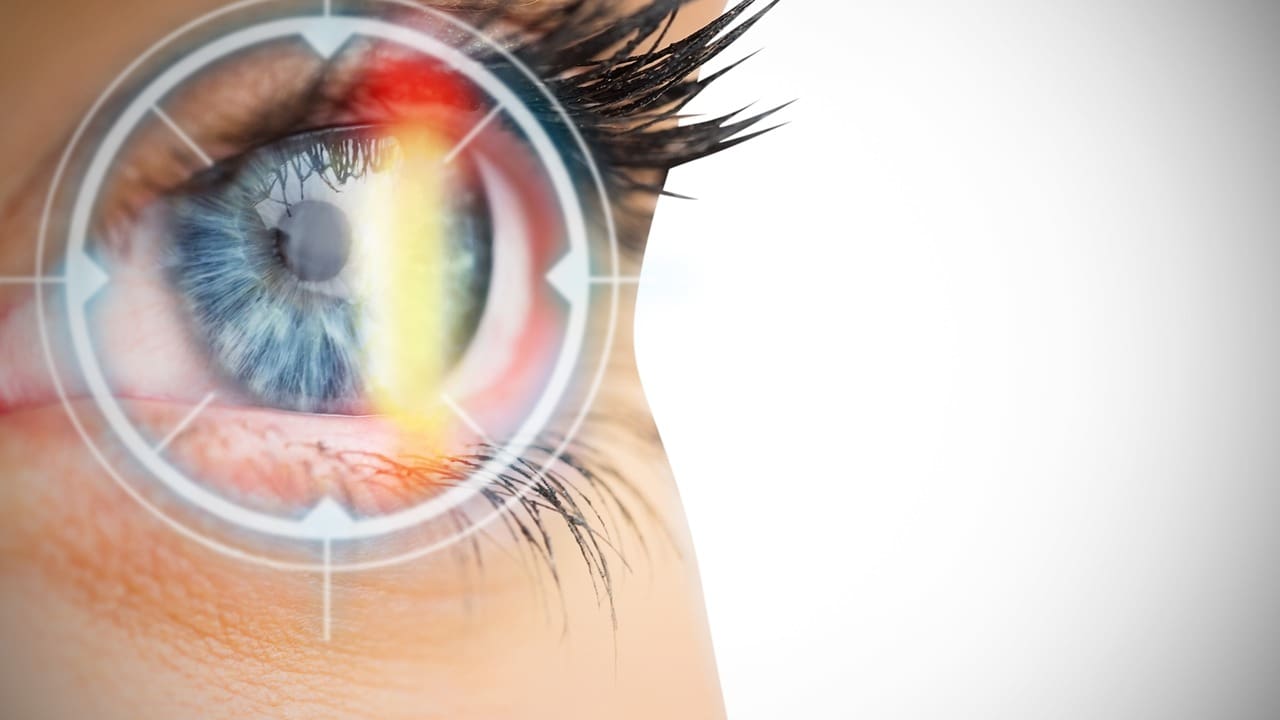
Used in the Treatment of Eye Surface Diseases
3) Aesthetic and Plastic Surgery

Renews the Aging Area
Hope for Unhealed Wounds
a) Fat tissues are taken from the person by biopsy or the liposuction method.
b) The regenerating cells obtained from these tissues are refined and concentrated through various processes.
c) Regenerating cells are injected into the appropriate areas according to the patient's needs, either alone or using natural cocktails.
Face and Body Filling (Anti aging)
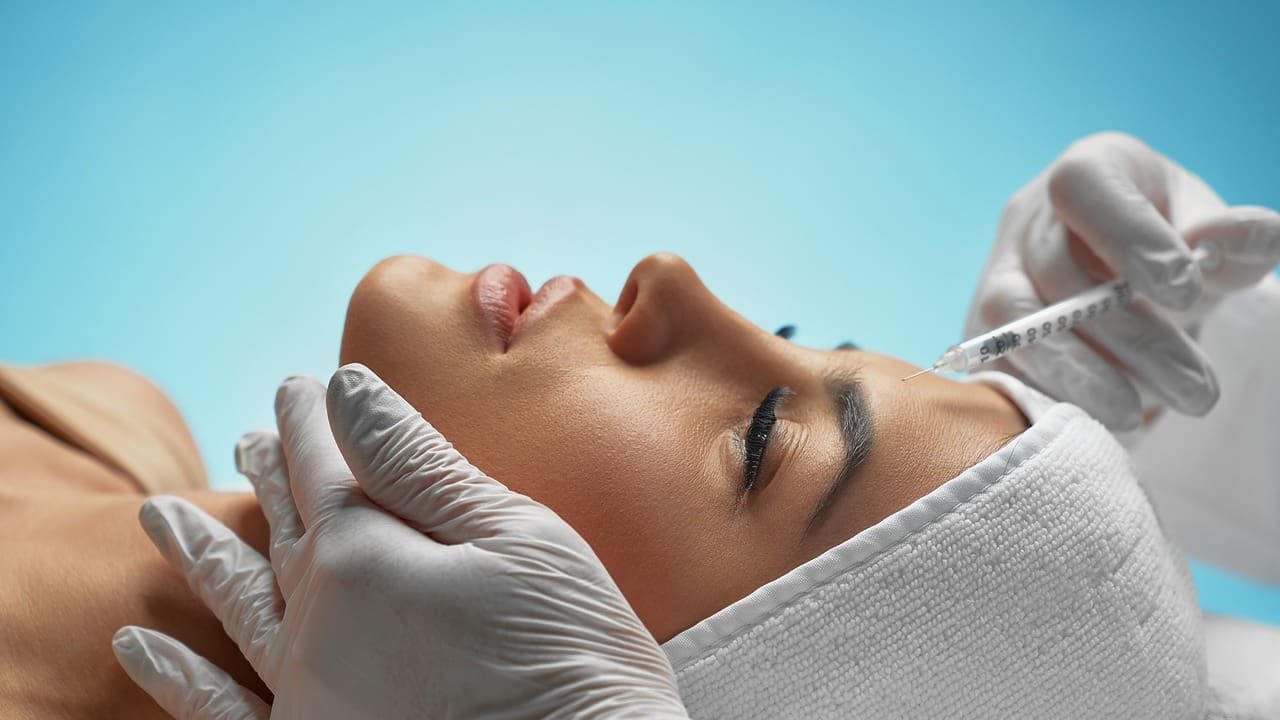
Treatment of Scars and Scars on the Skin
Breast Reconstruction
Burn Treatments
4) Dermatology
Skin Renewal, Skin Rejuvenation
Acne Scars
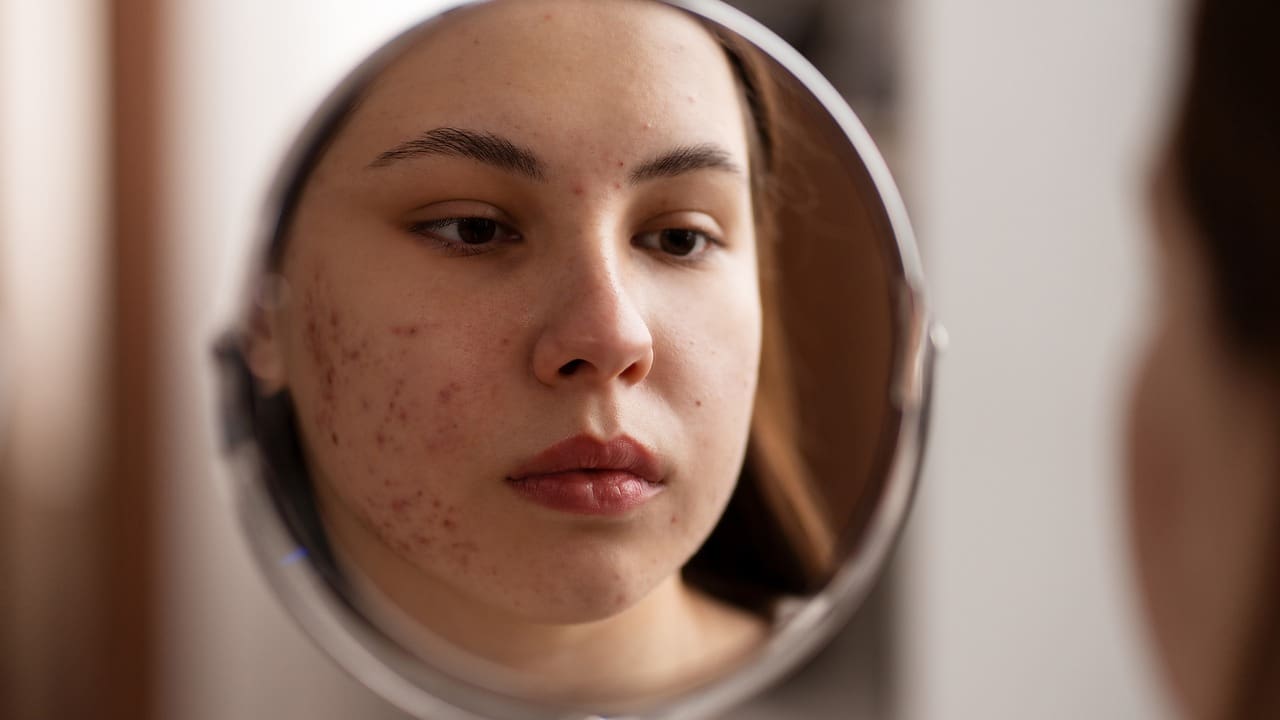
5) Endocrinology and Metabolic Diseases
Diabetic Foot Wounds
6) Cardiovascular Surgery
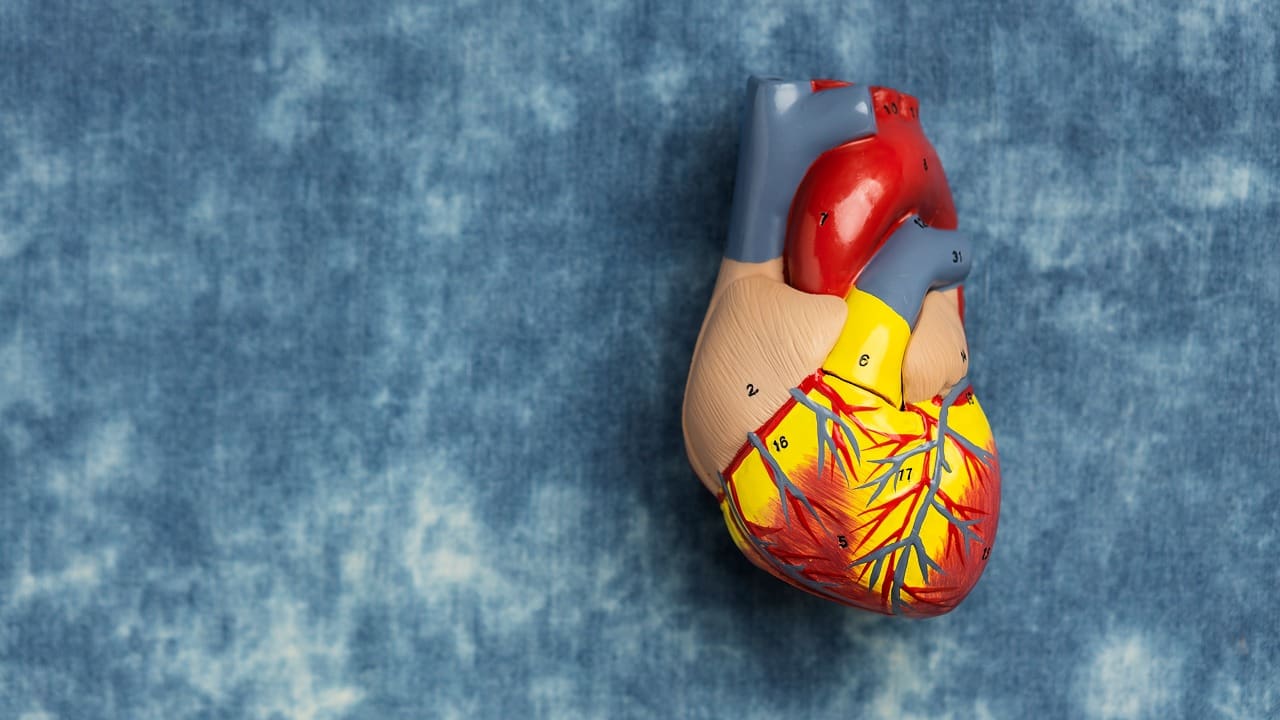
Ischaemic Limb Problems

New Hopes
1) Urology
First Application in Urinary Incontinence Disorders
2) Cardiology
Cardiovascular diseases and related heart attacks, which are among the most common diseases in society, significantly impair the quality of life of patients. Stem cell transplantation is now used in the treatment of heart failure that develops after a heart attack. When a coronary artery is blocked, the heart cells it feeds start to die within 20-30 minutes. If the vessel is not opened, most of the cells die within 6 hours. There is scientific evidence that bone marrow stem cells can reverse this process.
Bone Marrow Repairs the Heart
When heart muscle cells die from a heart attack, they are not replaced. In the early 2000s, the ability of stem cells to repair diseased tissue was recognized. This opened a new era in stem cell therapy. Stem cell therapy for heart disease ranked first.
The heart muscle is damaged after an infarction, leading to heart failure. Stem cell therapy is used to repair heart muscle damage and to treat severe heart failure.
In patients who have had an infarction, stem cells from the patient's bone marrow are extracted and injected into the coronary artery. This treatment can also lead to the formation of new blood vessels. Studies have shown that the damaged areas of patients' hearts completely regress within 6 months, and the heart's contractile function improves.
Giving Your Own Cell
In stem cell transplantation into heart tissue, cells are not taken from relatives or outsiders, but from the person himself/herself. The person's own stem cells are obtained from a bone marrow sample. Therefore, there is no chance that the cells given will not be accepted.
How Is The Transplant Performed?
Similar to the angiography method, stem cell transplantation is performed non surgically through a tube that is inserted through the groin vein and advanced into the heart tissue. This procedure is performed via the heart's artery or vein, depending on the patient's condition.
Bone Marrow Repairs the Heart
When heart muscle cells die from a heart attack, they are not replaced. In the early 2000s, the ability of stem cells to repair diseased tissue was recognized. This opened a new era in stem cell therapy. Stem cell therapy for heart disease ranked first. The heart muscle is damaged after an infarction, leading to heart failure. Stem cell therapy is used to repair heart muscle damage and to treat severe heart failure.
In patients who have had an infarction, stem cells from the patient's bone marrow are extracted and injected into the coronary artery. This treatment can also lead to the formation of new blood vessels. Studies have shown that the damaged areas of patients' hearts completely regress within 6 months, and the heart's beating power increases.
Mesenchymal Stem Cells: Repairmen of the Body
What are Mesenchymal Stem Cells?
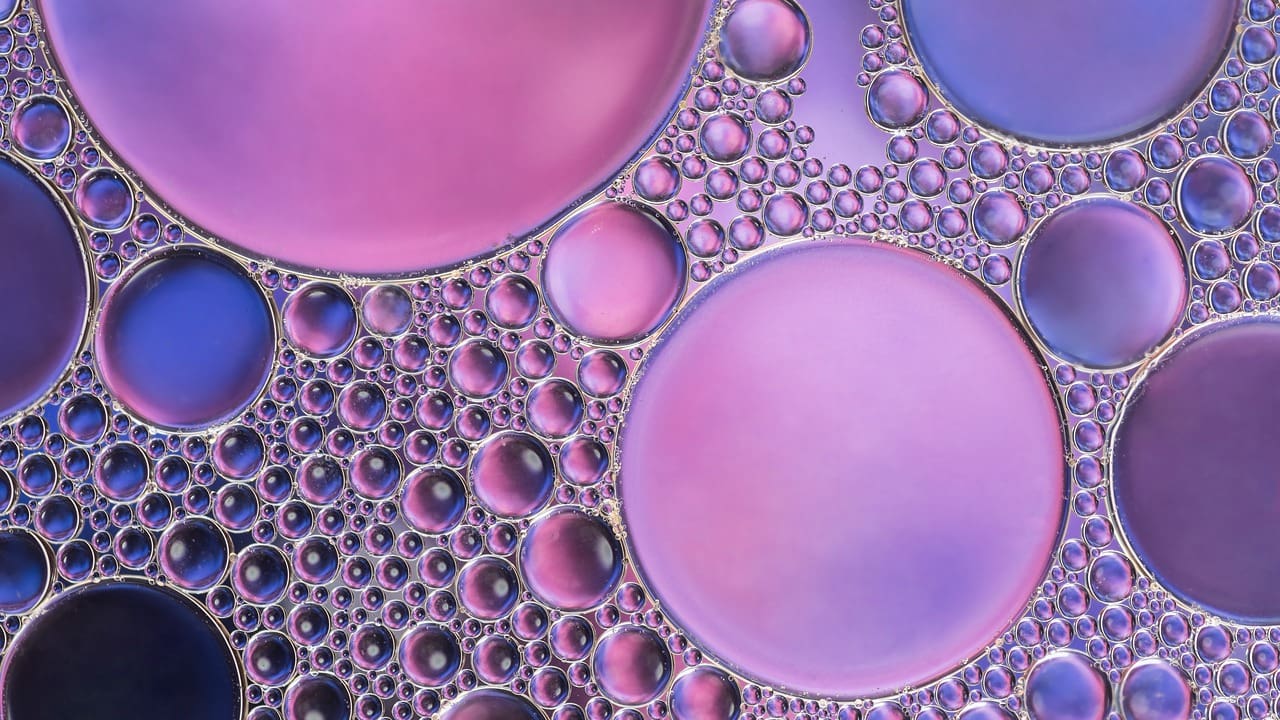
Areas of Use of Mesenchymal Stem Cell Derived Exosomes
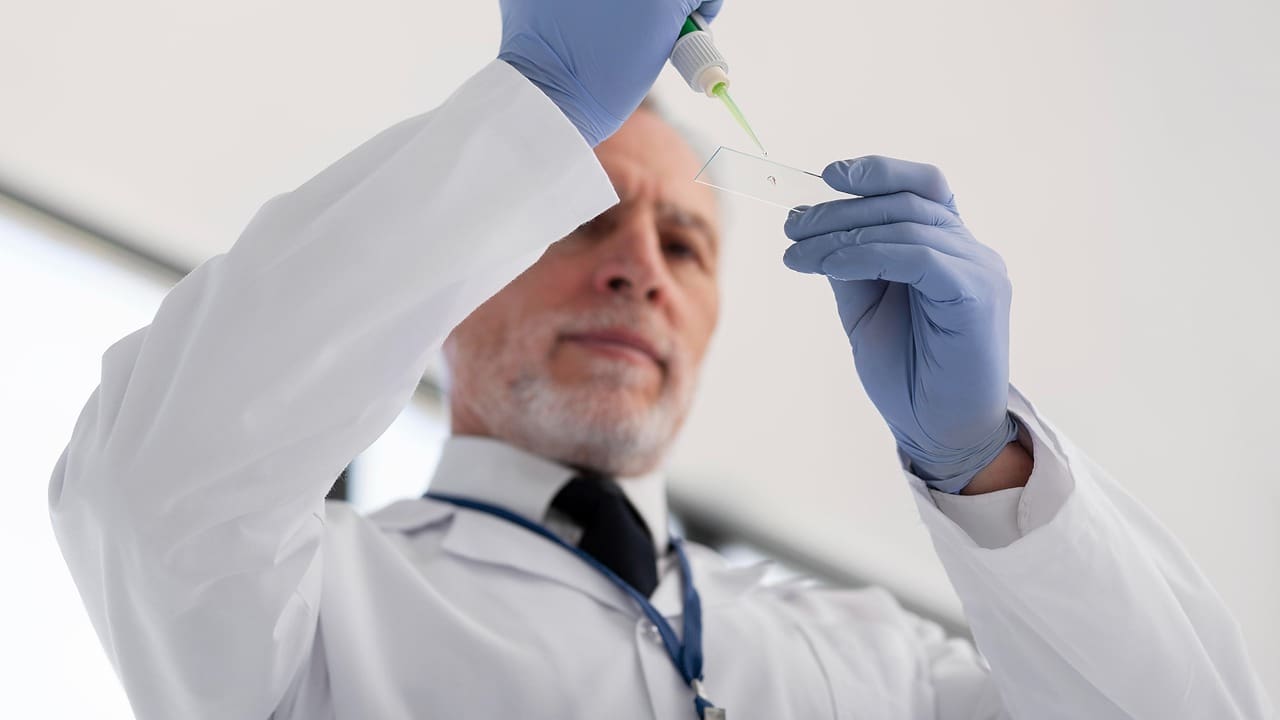
- Exosome Treatment for Skin Damage: Exosomes help repair scars and preserve the elasticity and strength lost by the skin. They help cells regain properties they lose due to aging through their regenerative abilities.
- Exosome Therapy for Hair Loss: Hair loss, also known as alopecia or baldness, can occur for various reasons, such as aging, diseases, and medications. Exosomes accelerate the initial stage of hair growth, which occurs continuously. The vitality of exosomes is supported, providing growth factors that facilitate hair shaft growth in hair follicles.
- Exosome Therapy in Immune System Diseases: It supports the immune system by increasing the activation of regulatory T cells, which play an important role in the immune response.
- Graft versus host disease (GvHD) Exosome Therapy: GvHD is a possible complication of stem cell or bone marrow transplantation from another person. Mesenchymal Stem Cell Derived Exosomes are used prophylactically (preventively) in the treatment of GvHD.
- Exosome Therapy in Ovarian Rejuvenation: One sign of ovarian aging is a decrease in the number of follicles. Ovarian reserve is basically defined by the quantity and quality of primordial follicles. Mesenchymal stem cell derived exosomes are used in the treatment of diseases such as polycystic ovary syndrome, ovarian development, uterine diseases, and endometrial receptivity. It is known that the number of primordial follicles increases significantly and starts after exosome intervention.
- Exosome Treatment in Spinal Cord Injuries: Mesenchymal stem cell derived exosomes have been shown to have effective repair effects on spinal cord injury (SCI).
- It accelerates motor function and supports neuronal regeneration, alleviating histopathological damage visible under the microscope.
- It suppresses programmed cell death in neurons and supports functional recovery.
- It promotes locomotor functional recovery by enabling displacement movements such as walking and running, and by reducing inflammation.
- It enhances functional recovery and reduces complement activation following spinal cord injury.
- It improves functional recovery and axonal regeneration.
- It repairs deformations caused by spinal cord injury.
For more information about our academic and training initiatives, visit Liv Hospital Academy .
